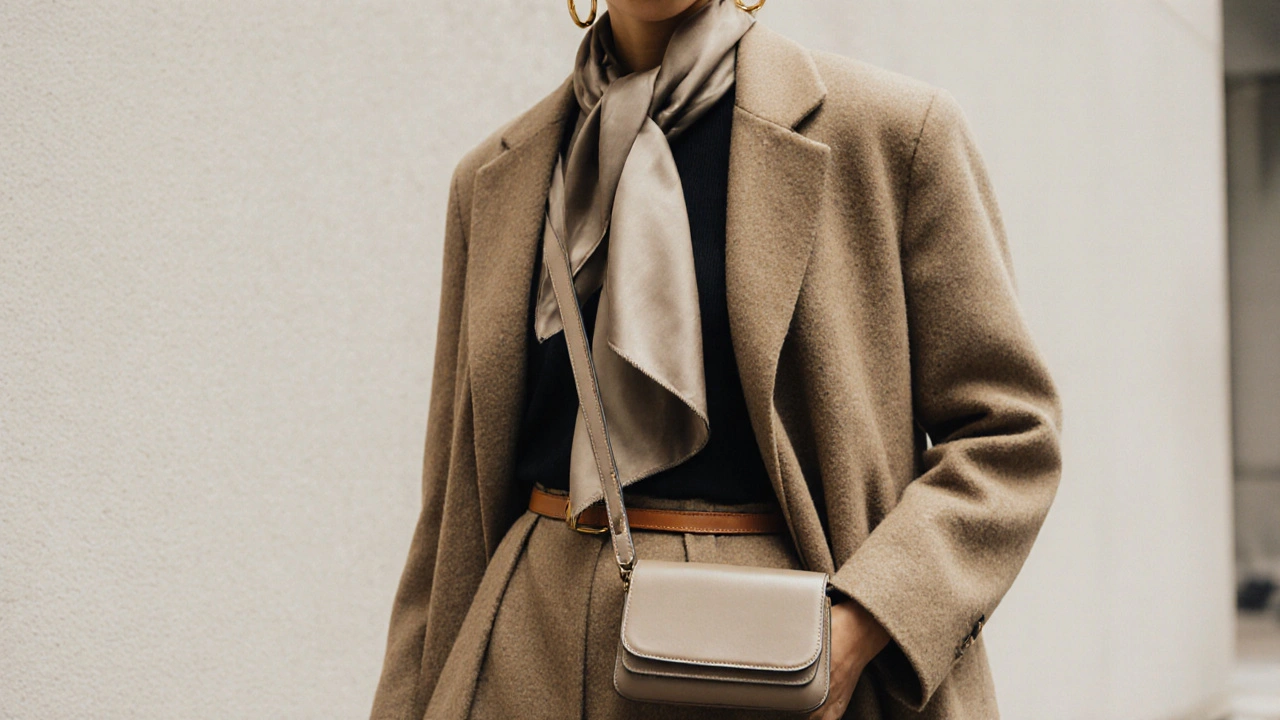Bag and Belt Coordination: Style Tips for Seamless Urban Outfits
When you think about bag and belt coordination, the intentional pairing of handbag and belt to create visual harmony in an outfit. Also known as accessory matching, it’s not about matching colors perfectly—it’s about creating rhythm in your look so nothing feels accidental. Too many people treat bags and belts as afterthoughts. But in urban chic, where simplicity rules, these two pieces do heavy lifting. They’re the quiet anchors that tie your whole outfit together—whether you’re heading to a meeting, grabbing coffee, or walking through the city after dark.
A good bag and belt coordination, the intentional pairing of handbag and belt to create visual harmony in an outfit. Also known as accessory matching, it’s not about matching colors perfectly—it’s about creating rhythm in your look so nothing feels accidental. isn’t about buying a belt that matches your bag color-for-color. It’s about weight, texture, and tone. A structured leather tote pairs best with a slim, smooth belt—not a chunky, braided one. A woven crossbody? Try a tooled leather or metallic belt to add contrast without chaos. You’ll notice this in the posts below: real examples from city dwellers who stopped chasing trends and started building looks that last. They learned that a brown belt with a tan bag doesn’t clash—it breathes. And a black belt with a navy bag? That’s not boring. That’s intentional.
What makes this work in real life isn’t a rulebook. It’s observation. Look at how people move through the city. They wear one standout accessory and keep the rest grounded. That’s why the wardrobe coordination, the practice of selecting clothing and accessories to create cohesive, functional outfits. Also known as style harmony, it’s about balance, not uniformity. in these posts focuses on small choices with big impact. You’ll see how a single metallic buckle can echo the hardware on a clutch. How a neutral belt can make a colorful bag feel intentional, not loud. How skipping the belt entirely can sometimes be the boldest move of all.
This isn’t about having the right pieces. It’s about knowing how they talk to each other. The posts here don’t preach perfection. They show real people—working, commuting, living in cities—making smart calls with what they already own. You’ll find guides on how to pick belts that don’t fight your bag, how to layer accessories without clutter, and why sometimes, the best coordination is no coordination at all.
By the end of these stories, you won’t need a checklist. You’ll just know. When your bag and belt feel like they belong together, your whole outfit does too. And that’s the quiet power of urban chic.
Accessory Layering Techniques: Combine Jewelry, Scarves, Bags, and Belts Without Overdoing It
Posted by Eamon Lockridge on Nov, 12 2025

Learn how to layer jewelry, scarves, bags, and belts without looking cluttered. Discover simple rules for balance, proportion, and color that make your outfit look intentional-not chaotic.
